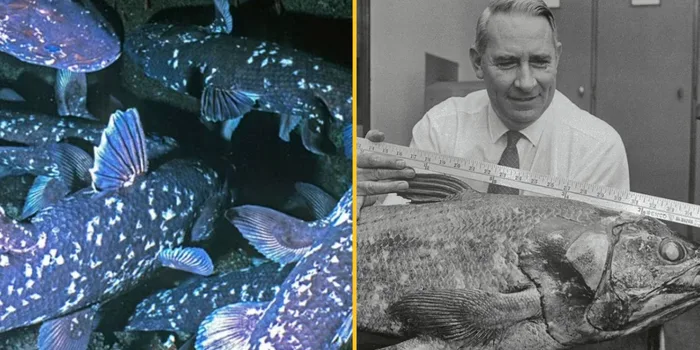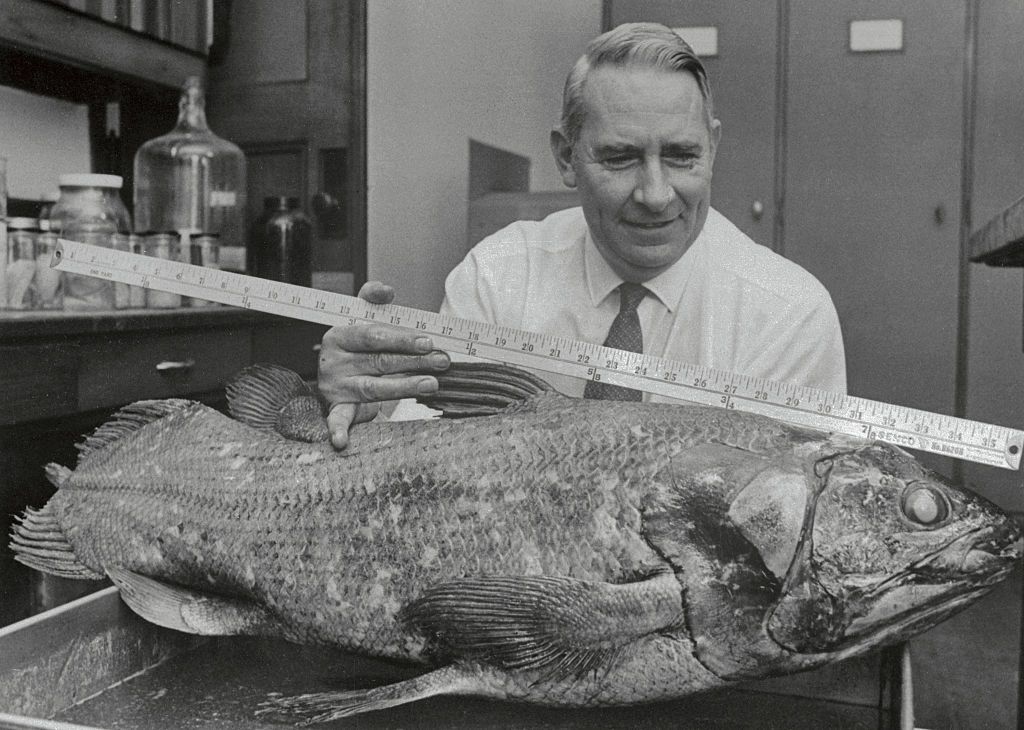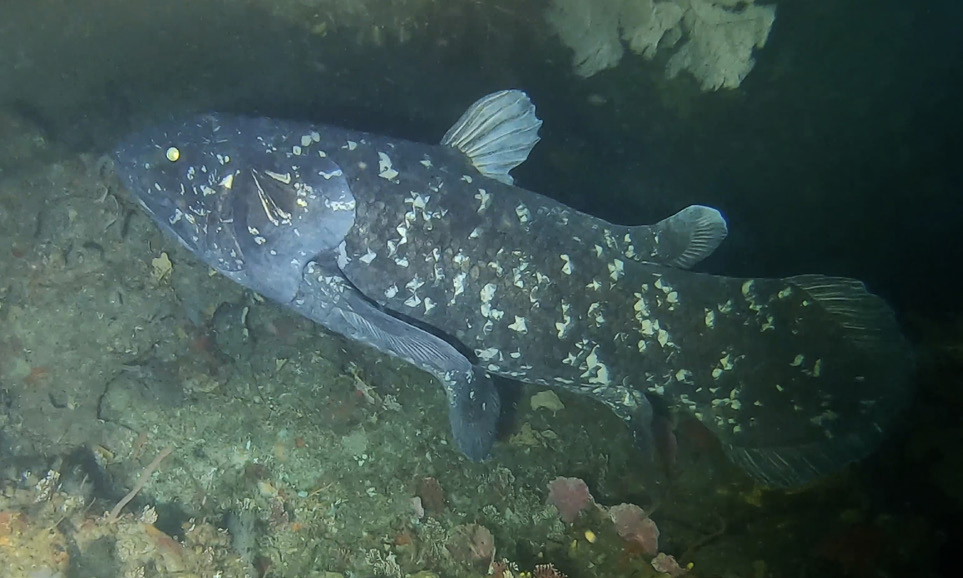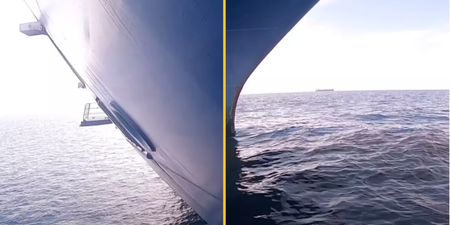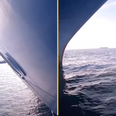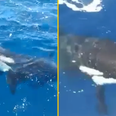The fossil fish known as a coelacanth was thought to be extinct. Now a new population has been found near Madagascar
You’d be forgiven for never having heard of the coelacanths: though they are a 420 million-year-old species that predate the dinosaurs, the ‘fossil fish’, primarily found off the east coast of Africa and Indonesia, have long been considered extinct.
However, a group of shark fin hunters – which were thought to be responsible for its endangered state, to begin with – were reported as having dragged in a haul of the ‘living fossil’ near Madagascar, some 80+ years since its last sighting.
First reported in Mongabay News, it was noted that the “[d]emand for shark fins and oil has led fishers in southwestern Madagascar to set gill-nets in deeper waters. They are finding — and possibly harming — previously unknown populations of these West Indian Ocean coelacanths”, among other species.
Gillnets are considered inhumane and illegal in several countries because they are essentially a type of deep sea ‘net fishing’, which means that, when used, they descend to significant depths and trap other creatures, often endangered, in the process; this was precisely the case in this instance, even if it did leave to an incredible scientific discovery.
The coelacanth became colloquially known as ‘Old Fourlegs’ among the scientific community due to its four large fins that act like limbs; they have eight fins in total: two dorsal fins, two pectoral fins, two pelvic, one anal and one caudal fin. They were most commonly found in rocky underwater areas in the Comoros archipelago.
This ancient species can weigh up to 200 pounds, reach nearly seven feet in length and live for around 50 years, not to mention swim at depths of up approximately 1,600ft (300m). Their bony structure and tough scales have previously been described as “adaptable armour”. Basically, they’re absolute units – impressive stuff.
However, it turns out that although the last widely-reported sighting was said to be in 1938 – at which time it was thought to have been extinct for at least 70 million years – there have apparently been numerous unofficial sightings over the past few decades
As per a study in the South African Journal of Science, it is possible that more than 100 coelacanths could have been caught off the coast of Madagascar alone in recent decades.
The study’s lead author and RESOLVE sarl Managing Director, Andrew Cooke, stated that, “When we looked into this further, we were astounded [by the numbers caught]”, despite there having been “no proactive process in Madagascar to monitor or conserve coelacanths”.
In fact, Scientific American published a piece back in 2012 which tried to blow up the myth surrounding their extinction/’living fossil’ status, reiterating that like so many creatures, coelacanths had simply evolved, which is why German Marine Biologists, Hans Fricke, was apparently able to capture images of them in the 1980s.
Nevertheless, while the 420 million-year-old fossils designated, ‘Latimeria chalumnae‘, may still be kicking it, they are still listed under the Endangered Species Act.
